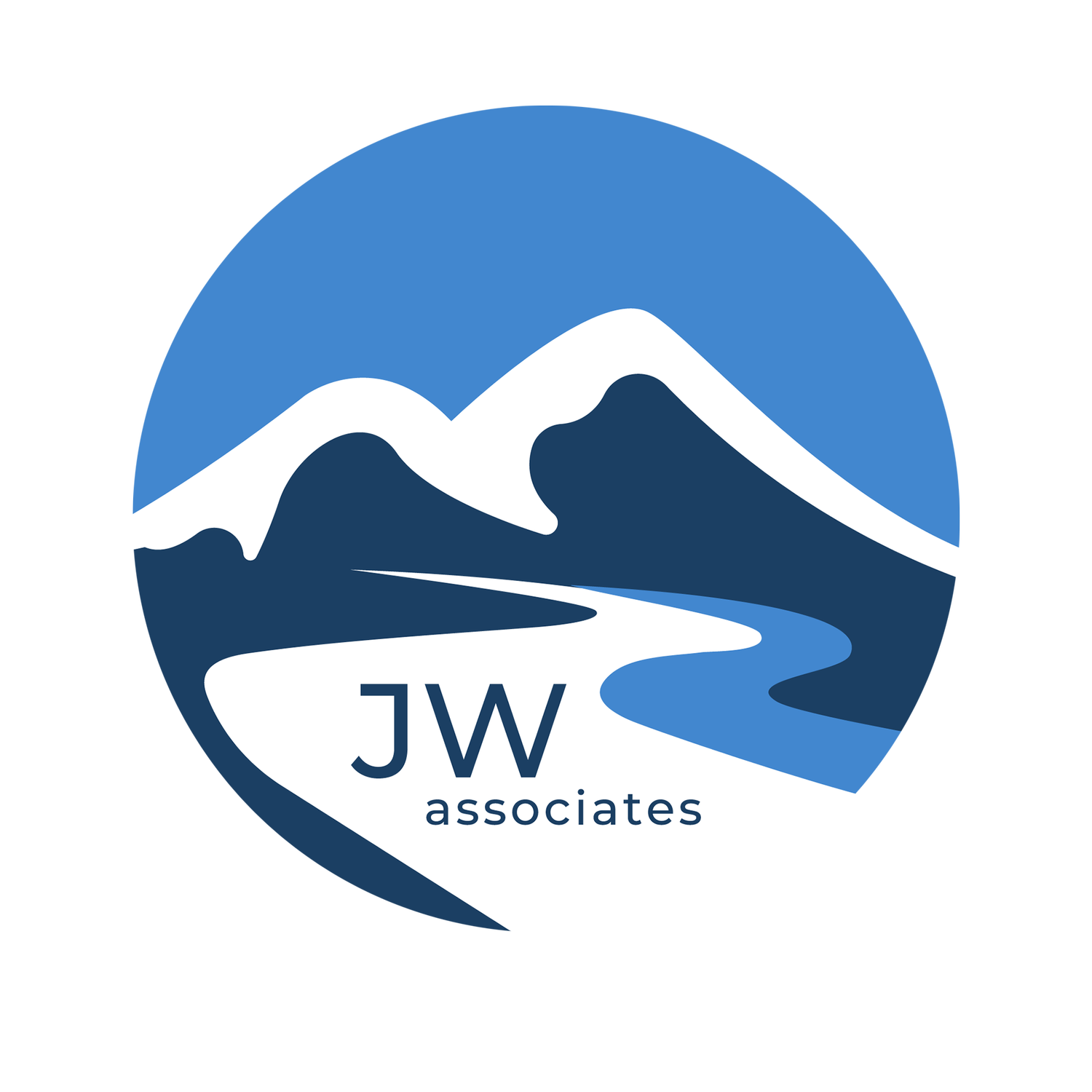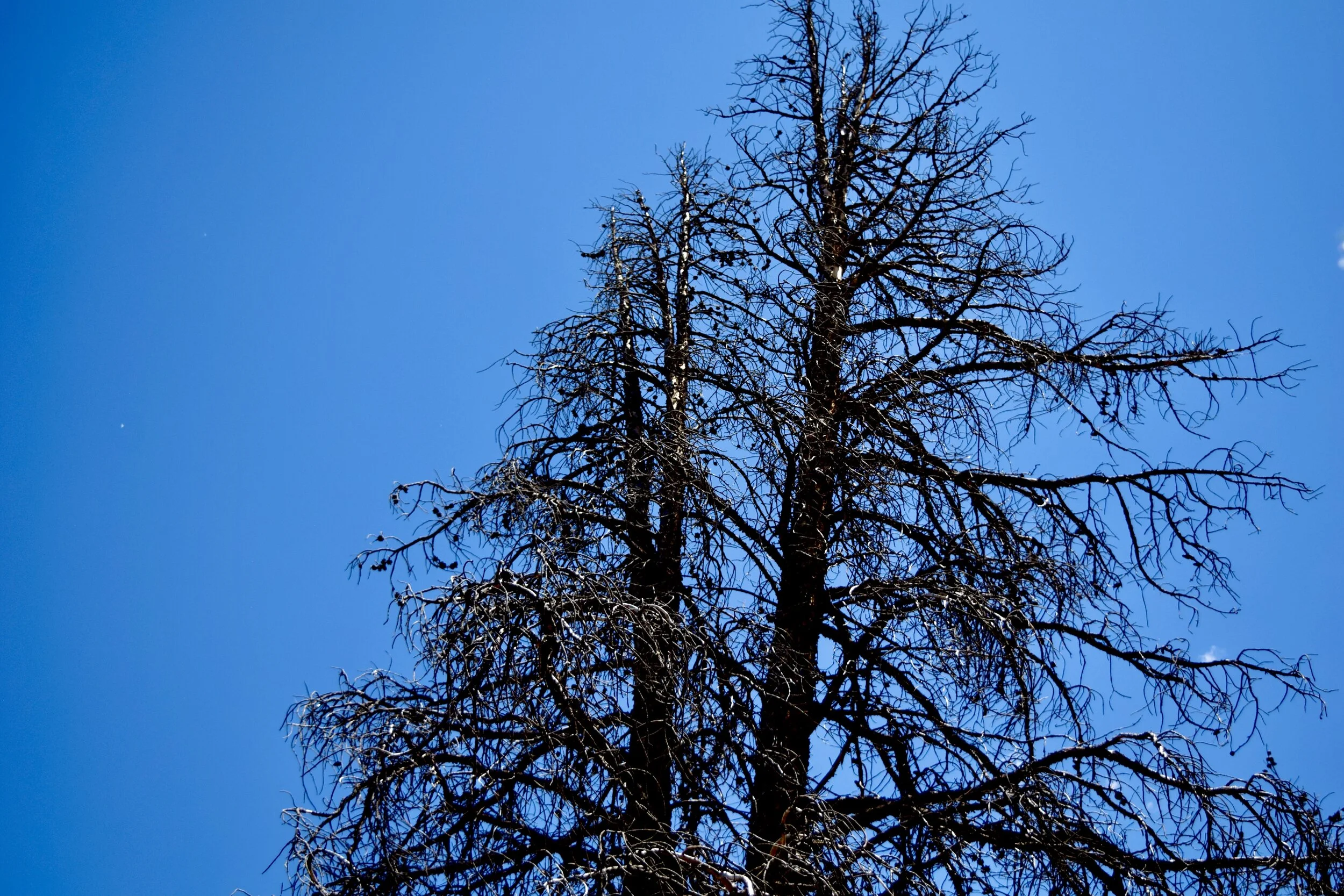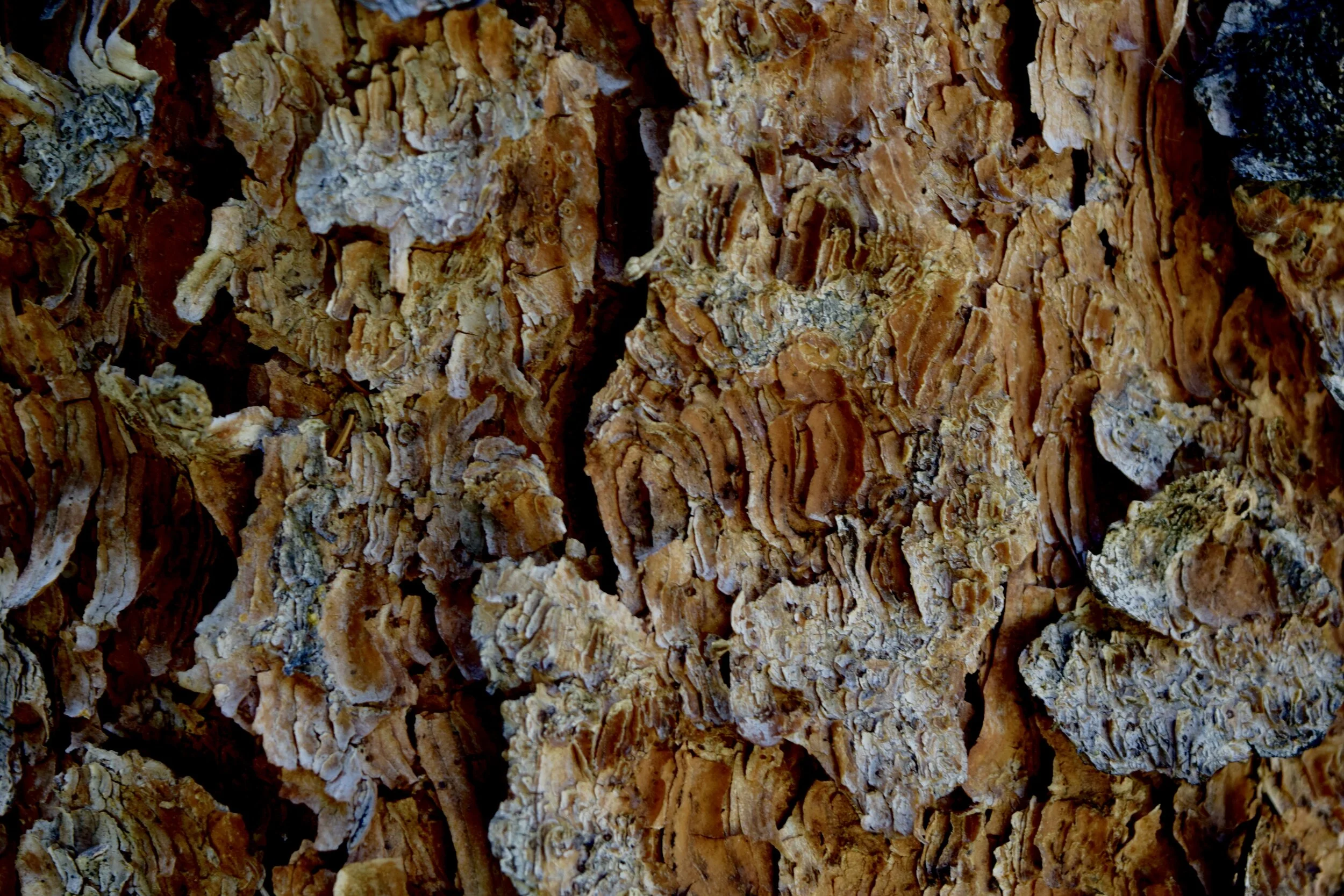
Watershed Wildfire Hazard Assessments
Outcomes of Assessments
Identify present or potential hazards due to wildfires
Prioritize 6th level watersheds
Recommend measures to protect critical watersheds for community water supplies
Develop and Opportunities and Constraints Analysis, addressing potential next steps for watershed protection
Gather key stakeholders together and communicate suggested processes and build collaborative understanding and support of the assessment process
Benefits
Identify applicable post-fire treatments for future use
Develop and implement climate change-driven management strategies
Protect watersheds that provide or convey critical community water supplies from adverse effects of post-wildfire hydrologic changes, including:
Flooding
Erosion
Debris flows
Deposition
Completed Assessments
JW Associates has completed more the 15 watershed/wildfire hazard assessments.
Each assessment follows the procedure prescribed by the Colorado Watershed Protect Data Refinement Work Group, titled “Protecting Critical Watersheds in Colorado from Wildfire: A Technical Approach to Watershed Assessment and Prioritization”. See Watershed Wildfire Protection Group below for more information.
Who We Work With
We have worked with various companies, including the following organizations:
State and Federal natural resource agencies
Non-profits
City and County agencies
Private companies
If you are interested in gaining more information about the health of your local watershed and the potential hazards it may face, please contact us.
Process of Assessments
-
.JW spearheads stakeholder meetings to begin the process of assessments.
-
Composite graphic goes here
-
JW Associates employs a thorough investigation process using modeling and GIS mapping to prioritize 6th or 7th level watersheds (depending on the project). The methodology for prioritizing watersheds is done through composite modeling of the following hazards:
Wildfire Compost Hazards
Wildfire/mortality hazards
Debris flow composite hazards
Road composite hazards
Soil erodibility/geology composite hazards
Climate Change Vulnerability Hazards
Ecosystem sensitivity
Adaptive capacity
-
In conclusion, JW presents management strategies and plans in a document, including maps of the hazards, general assessments, and strategies to prevent wildfire hazards from impacting critical watersheds.
Assessments can be done before or after a wildfire.
The ideal clients for this offering are stakeholders, organizations, or government agencies that manage water resources and natural resource health of watersheds.
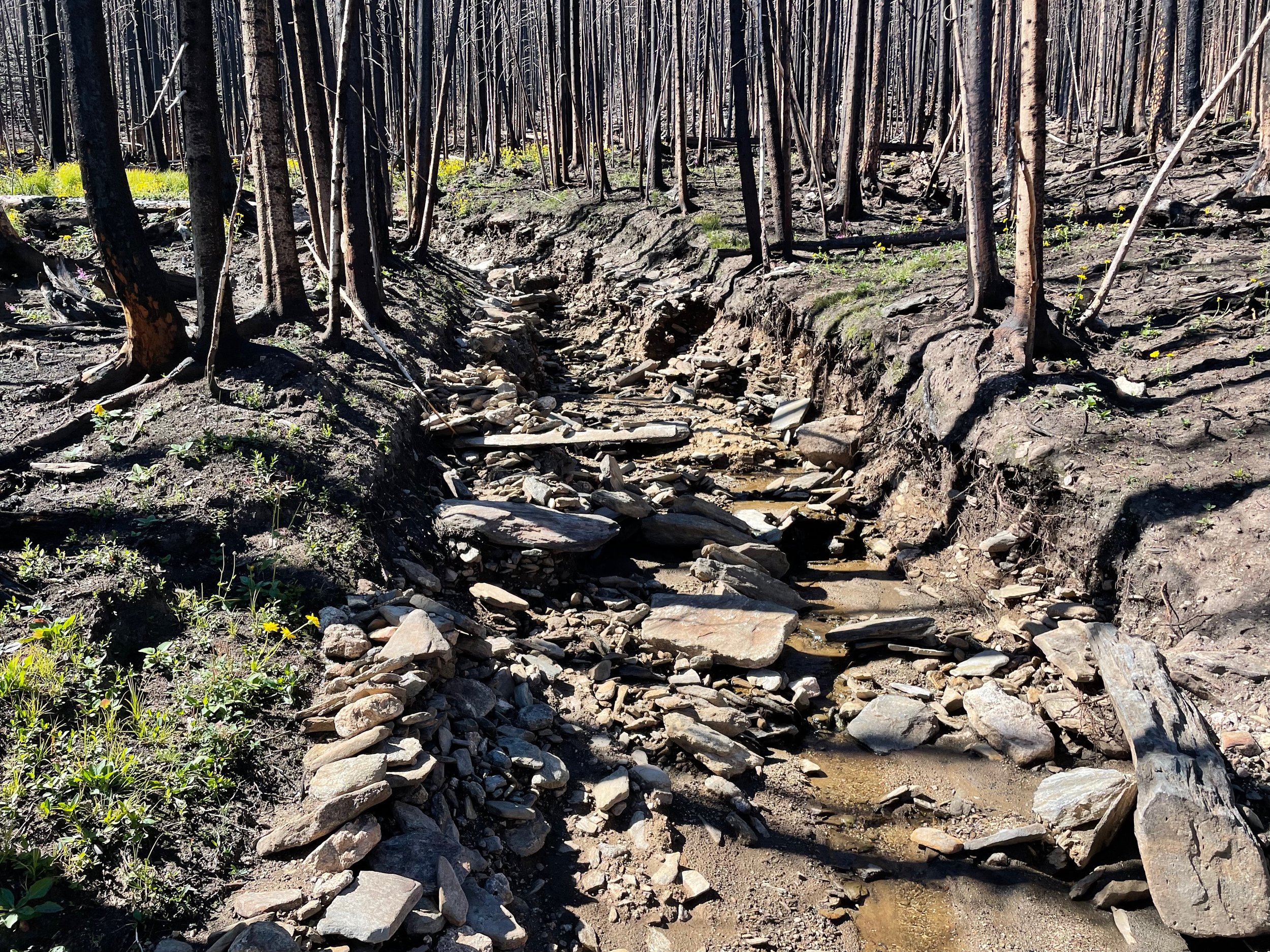
Road Erosion from Post-wildfire flooding
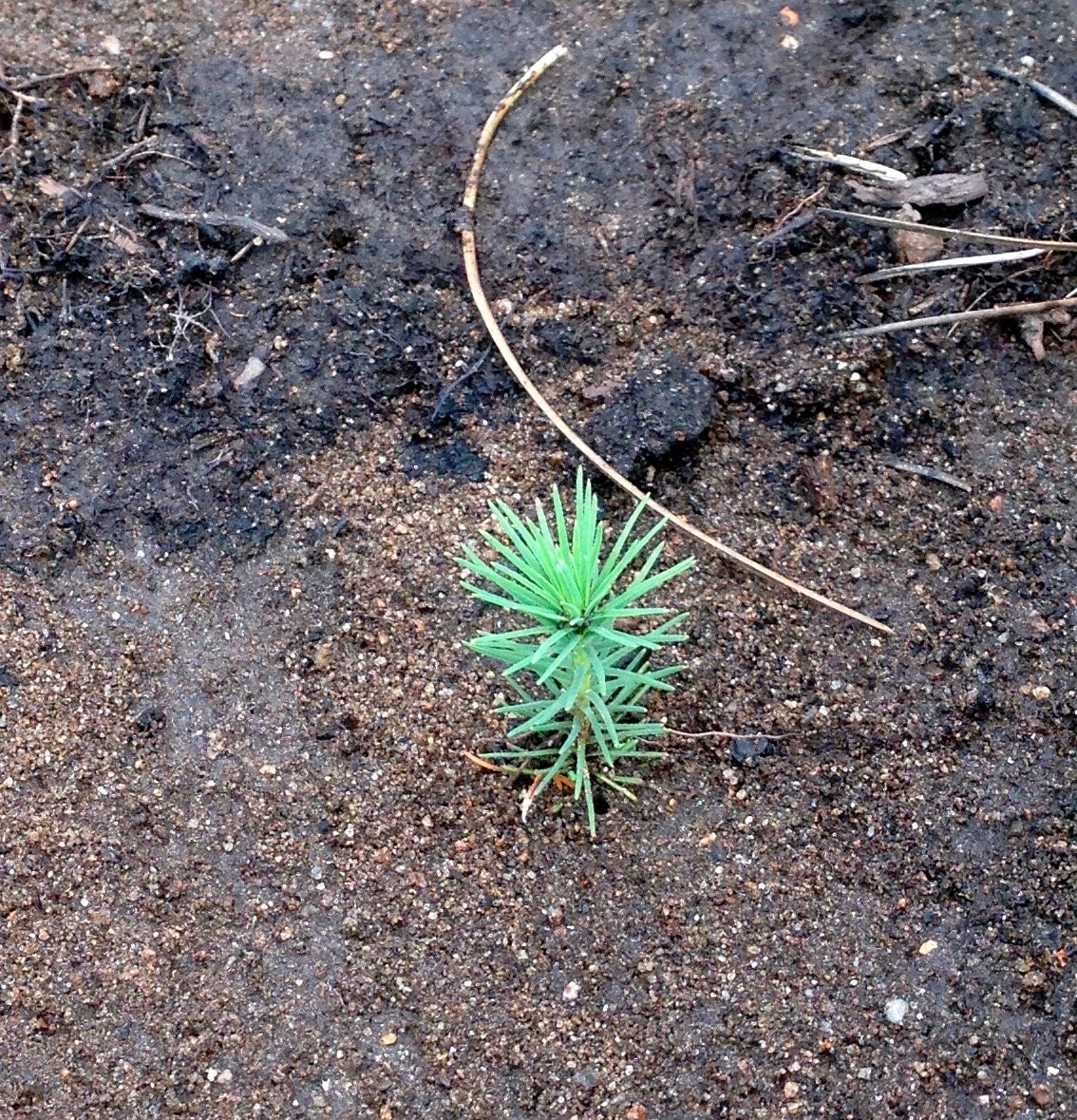
Baby Ponderosa Pine revelation in a post-wildfire landscape
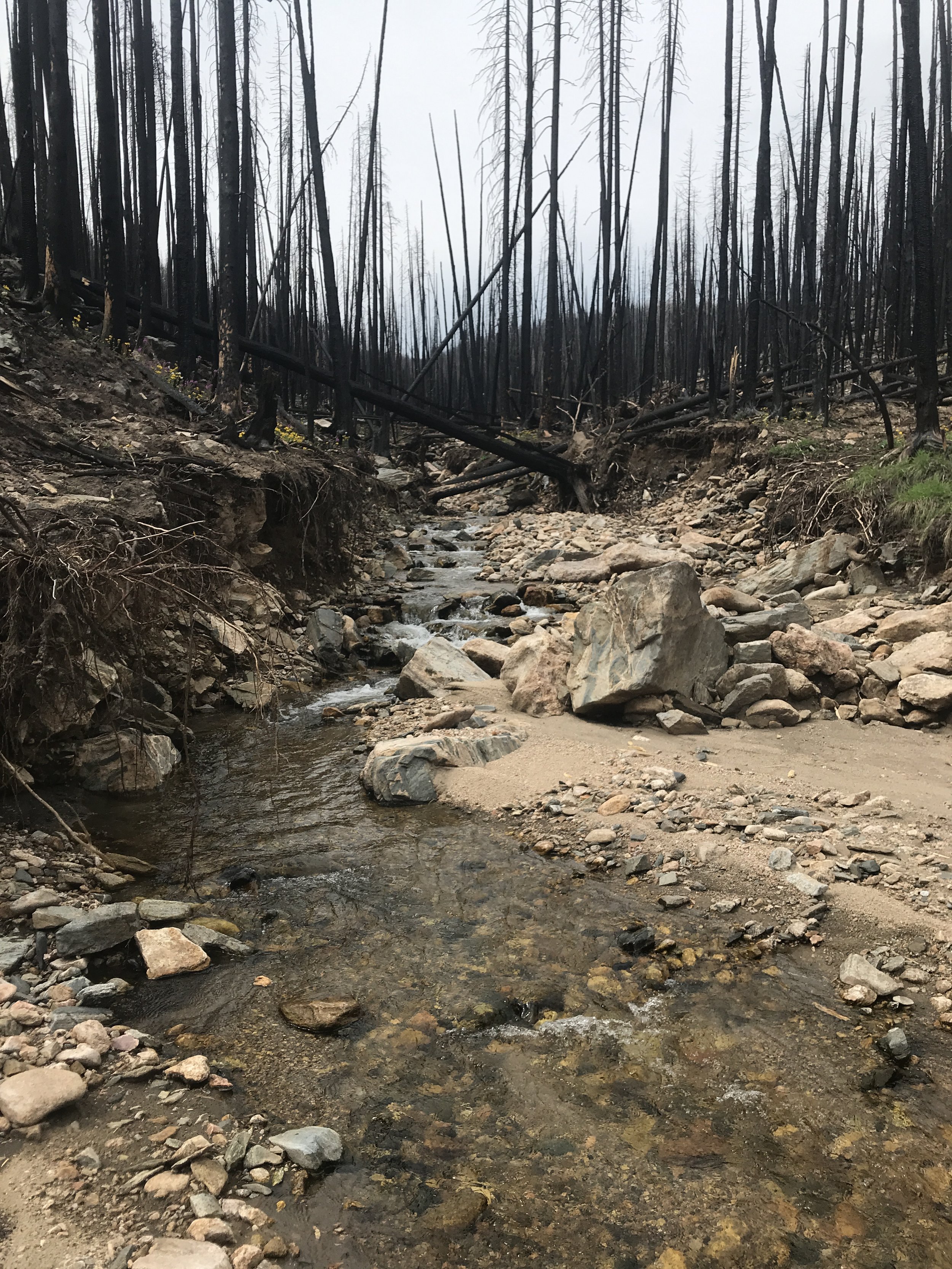
Post-wildfire erosion caused by flooding
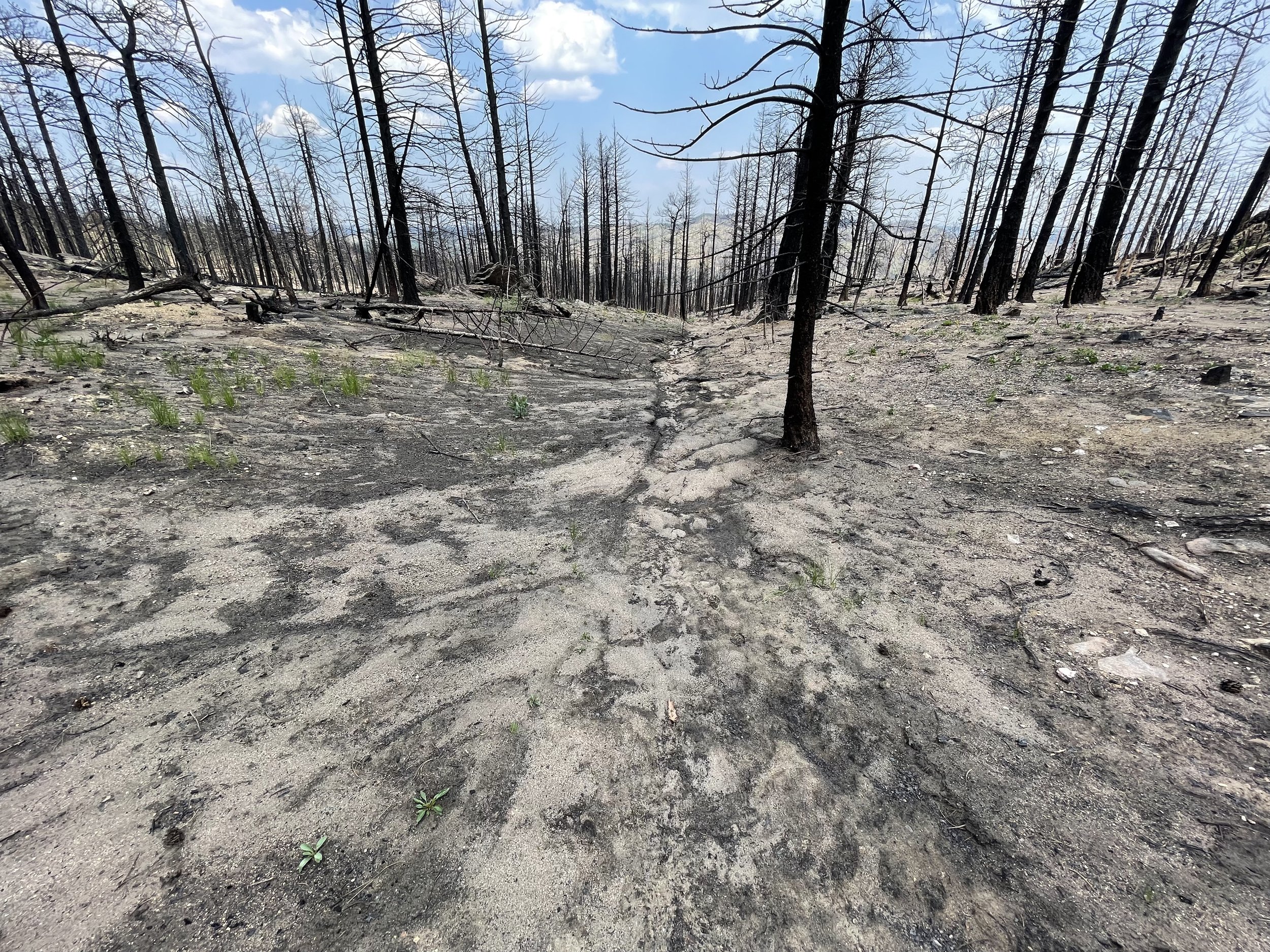
Sediment movement in a post-wildfire landscape
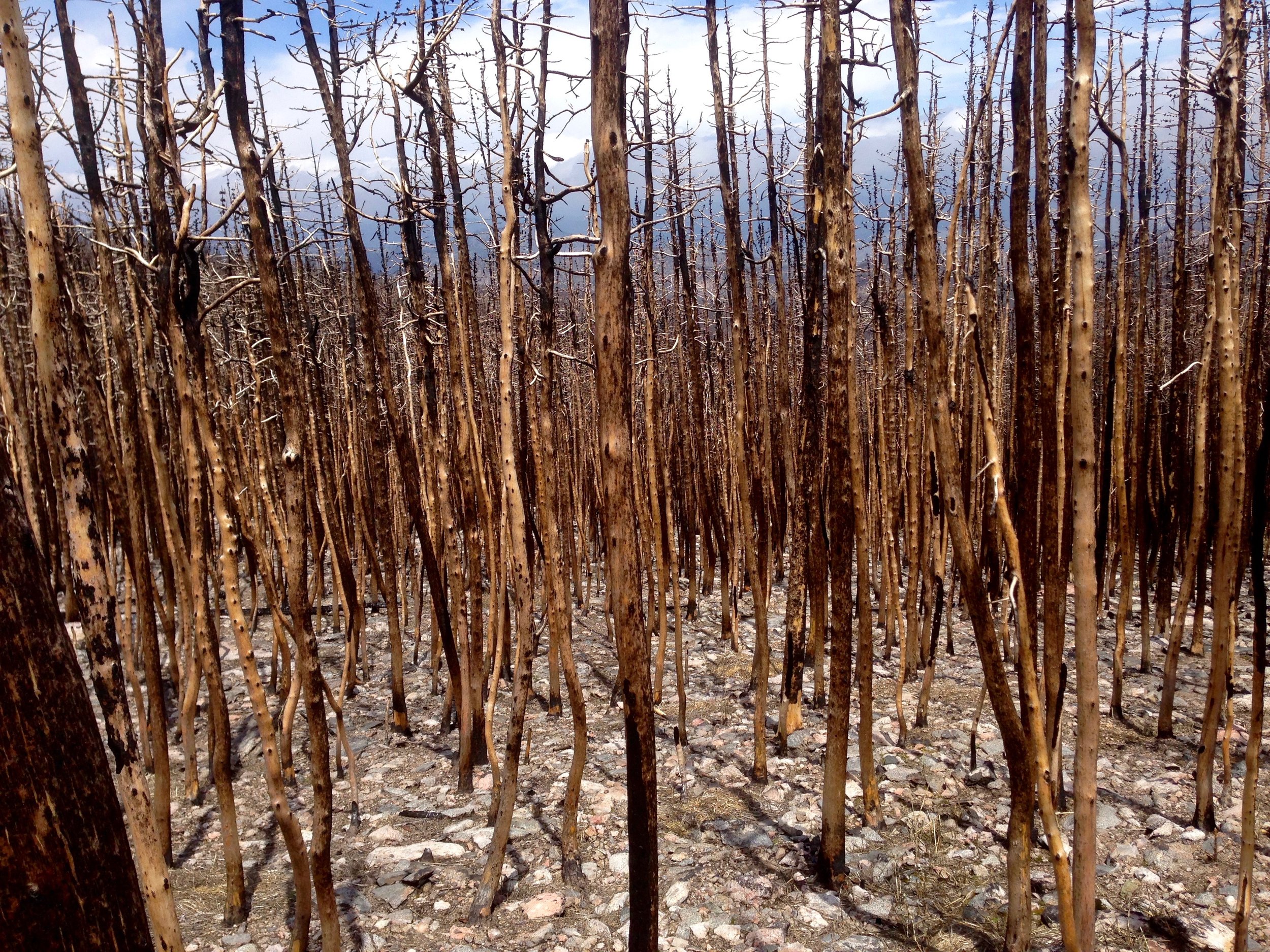
Dense ponderosa pine forest after the Cameron Peak Wildfire
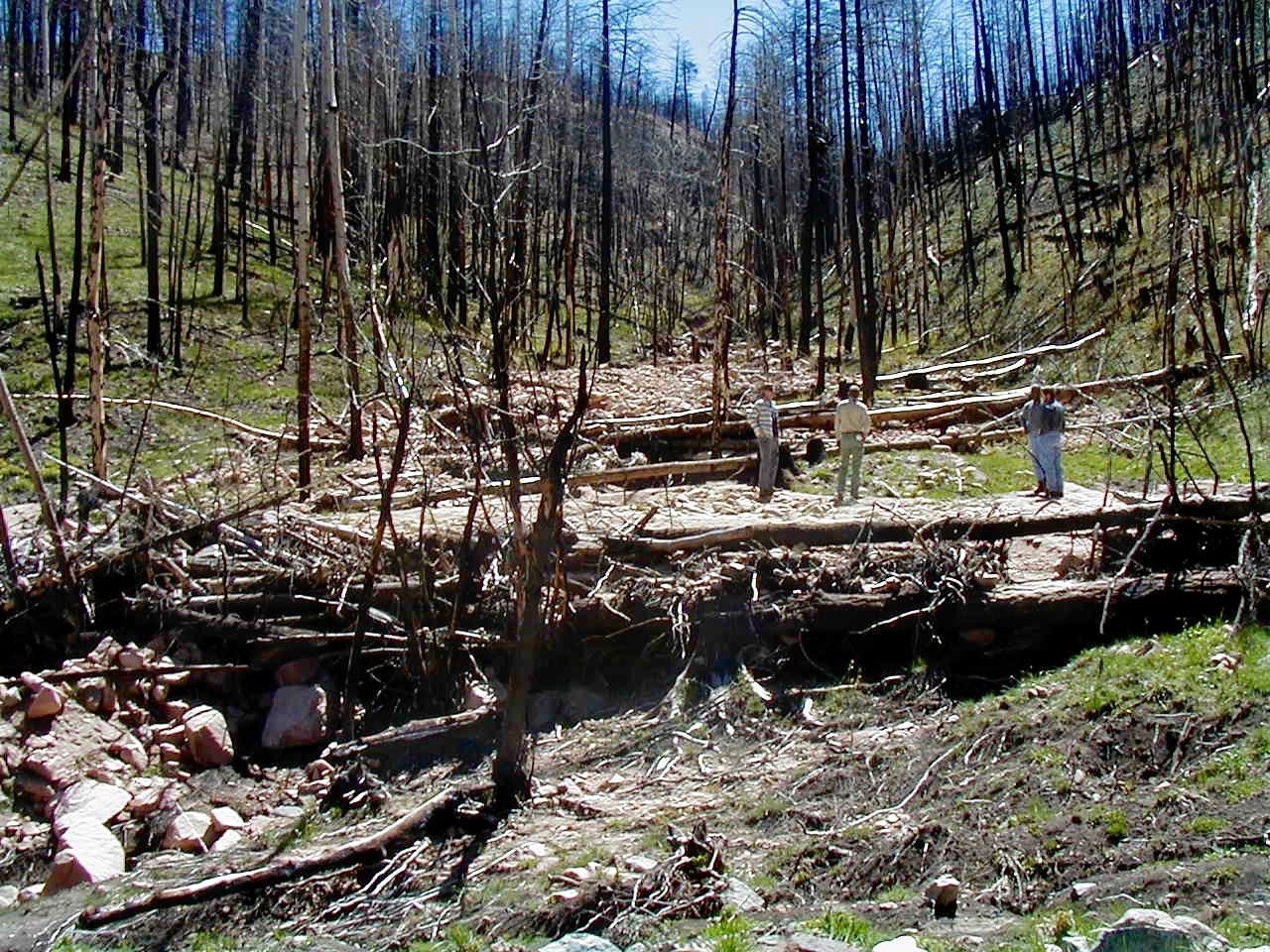
Debris flows and sediment capture in a post-wildfire landscape
Current and Past WW Assessment Projects
Bark Beetle Incident Project
Upper Cucharas River Watershed Pre-Fire Assessment & Treatment Identification
We have completed 15 Phase 1 Watershed Assessments for the USDA Forest Service's Bark Beetle Incident (BBI) team in the Rocky Mountain Region including the Medicine Bow/Routt, Arapahoe/Roosevelt and portions of the White River National Forests in Colorado and Wyoming.
JW Associates completed a comprehensive pre-wildfire assessment of the Upper Cucharas River Watershed and the identification of watershed protection projects. Our work included a Small-scale Watershed Hazard Prioritization and Targeting.
Watershed Wildfire Protection Group
The WWPG is a diverse group of watershed stakeholders including the major water providers in the Front Range, Federal and State land management agencies. JW Associates has implemented the WWPG watershed prioritization approach in 15 watersheds in Colorado and Wyoming.
